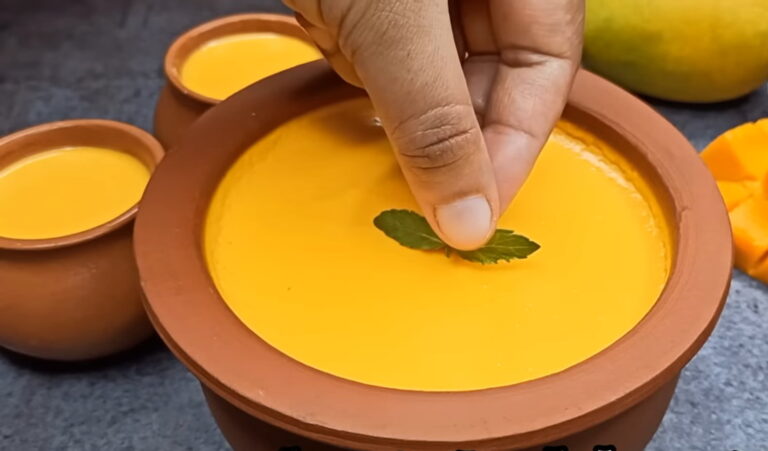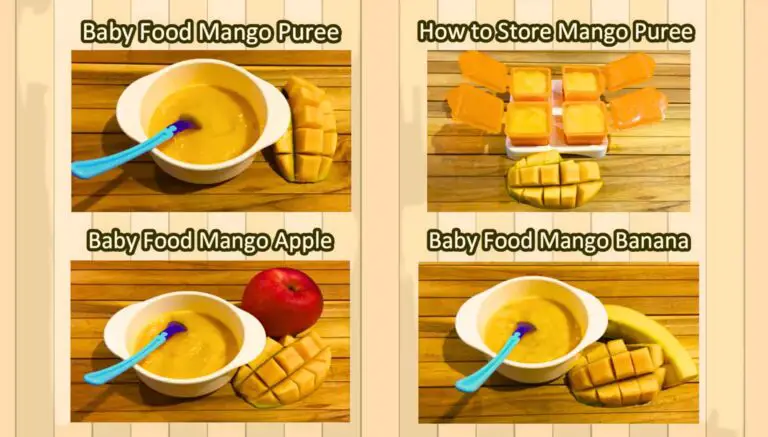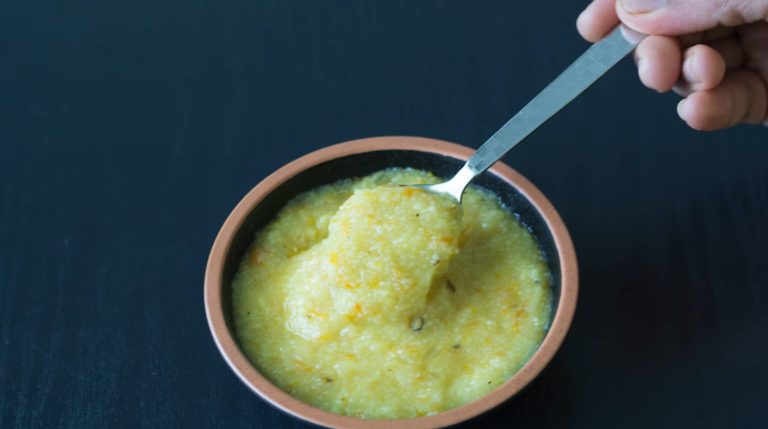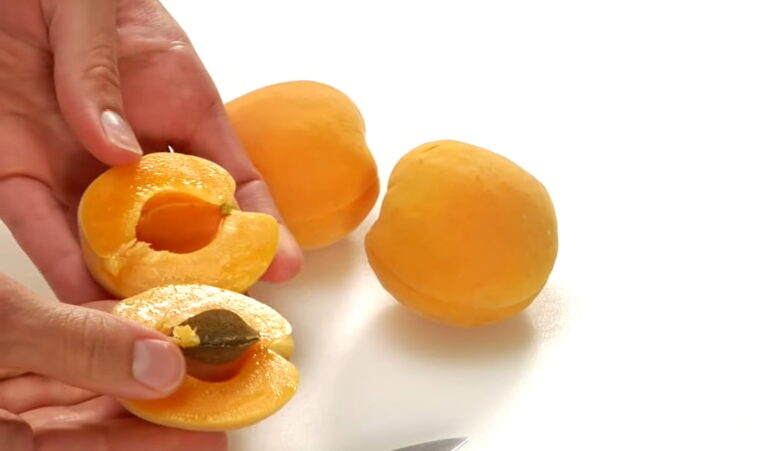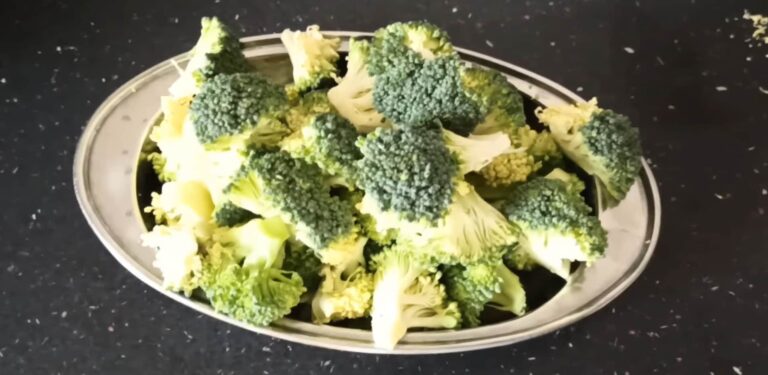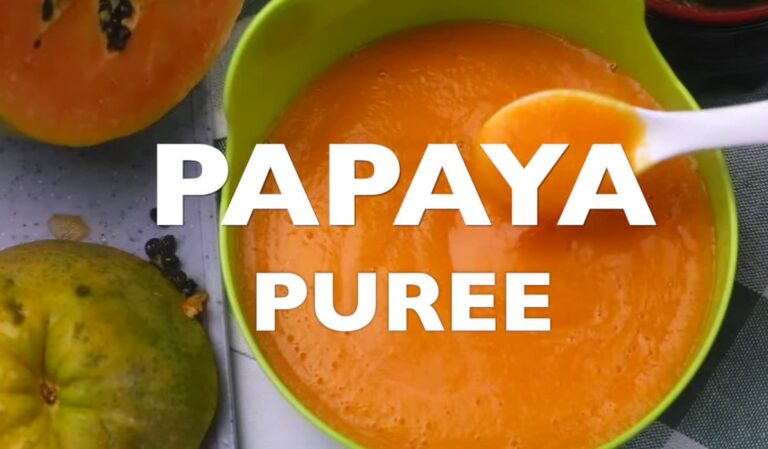How to Puree Chicken for Baby: Quick & Nutritious Tips
To puree chicken for a baby, cook the meat thoroughly and blend it with a bit of water or breastmilk until smooth. Parents seeking nutritious options for their baby’s diet often consider pureed chicken due to its high protein content and ease of digestion for little ones.
Introducing pureed chicken can be an excellent way to ensure your baby gets enough iron, particularly important around the six-month mark when iron stores from birth start to diminish. A homemade chicken puree also allows caregivers to control ingredients, avoiding additives and preservatives found in some commercial baby foods.
Smooth chicken puree can be mixed with various fruits, vegetables, and grains to create a balanced meal and introduce new flavors gradually. Remember, always consult with a pediatrician before introducing new foods to your child’s diet.
Choosing And Preparing The Chicken
Transitioning your baby to solids is a significant milestone. One nutrient-packed option to consider is chicken puree. Not only is it rich in protein, but it’s also easy to digest – perfect for growing bodies. The process begins long before the pureeing, with the careful selection and preparation of the chicken. This guide ensures you provide the best quality, safest option for your little one’s development.
Selecting The Right Type Of Chicken
Freshness and quality are paramount when choosing chicken for your baby. Look for organic or free-range options when available, as they often contain fewer antibiotics and hormones. Whether opting for breast, thigh, or a mix, lean toward boneless skinless cuts to reduce prep time and simplify the process. Check the expiration date and ensure the flesh is firm, not slimy, with no off odors for an indication of freshness.
- Organic or free-range chicken is preferred.
- Choose boneless, skinless cuts for ease.
- Confirm freshness to ensure quality.
Washing And Sanitizing The Chicken
Cleaning the chicken properly is critical to eliminate potential bacteria and ensure your baby’s safety. It’s imperative to wash your hands thoroughly with soap and water before handling the chicken. Instead of washing the chicken, which can spread bacteria, pat it dry with paper towels. All cutting boards, utensils, and surfaces should be sanitized both before and after preparation to prevent cross-contamination.
| Step | Action |
| 1 | Wash hands with soap and water. |
| 2 | Use paper towels to pat the chicken dry. |
| 3 | Sanitize all utensils and surfaces. |
Adhering to these safety practices while selecting and preparing chicken lays a healthy foundation for your baby’s puree. The journey to creating a nutritious meal begins long before the puree meets the spoon. By taking these initial steps seriously, you help ensure a safe, healthy eating experience for your baby.
Cooking The Chicken
Preparing the perfect puree begins with cooking the chicken correctly. The method you choose not only influences texture and taste but also ensures your baby gets a meal that’s easy to digest. We’ll explore two popular techniques: boiling and baking. Both are simple yet effective ways to prepare chicken that’s tender enough for pureeing.
Boiling The Chicken
Boiling is a quick and surefire method to cook chicken for your baby’s puree. Follow these steps:
- Start with fresh, high-quality chicken breast.
- Trim away any fat or tough tendons.
- Place the chicken in a pot and cover it with water or low-sodium broth to add some flavor without excess salt.
- Bring the liquid to a boil, then reduce the heat to a simmer.
- Cover and cook until the chicken is no longer pink inside, typically taking about 15-20 minutes, depending on the size of the breasts.
- Remove the chicken and let it cool, reserving the cooking liquid for blending.
Remember, the goal is to keep the chicken moist. Overcooking can lead to a tougher texture that’s harder to puree.
Baking The Chicken
Baking allows you to infuse the chicken with flavors while preserving its natural juices, ideal for a smooth puree. Here’s how to do it:
- Preheat the oven to 350 degrees Fahrenheit (175 degrees Celsius).
- Prepare the chicken breast by cleaning and removing excess fat or connective tissue.
- Season lightly with herbs like parsley or thyme; avoid salt and strong spices.
- Place the seasoned chicken in a baking dish with a bit of water or broth to keep the meat tender while it cooks.
- Bake in the preheated oven for about 25-30 minutes, or until the chicken’s internal temperature reaches 165 degrees Fahrenheit (74 degrees Celsius).
- Once cooked, allow the chicken to cool. The tender meat will blend seamlessly into a puree.
Pro Tip: Basting the chicken with its juices halfway through baking can prevent it from drying out and enhance the flavor of the puree.
The Pureeing Process
Making sure your baby receives the best nutrition possible often involves creating homemade meals that are both nutritious and easy to eat. Pureeing chicken for your baby can seem daunting at first, but with the right technique, it’s a straightforward process. This section will guide you through the essential steps of transforming cooked chicken into a smooth, baby-friendly puree.
Cutting The Chicken Into Small Pieces
Preparation is key to a smooth puree. Starting with boneless, skinless chicken breasts or thighs, ensure the chicken is fully cooked and cooled before you begin. Here’s how to prep the chicken for pureeing:
- Trim off any fat or connective tissue.
- Cut the chicken into even, small cubes to ensure uniform pureeing.
- Small pieces enable quicker and more efficient blending.
Blending The Chicken To A Smooth Consistency
The key to a perfect puree lies in the blending. Follow these steps to achieve a smooth consistency that’s safe and appealing for your baby:
- Place the chicken pieces into a blender or food processor.
- Add a suitable liquid, such as breast milk, formula, or chicken broth, to aid the blending process.
- Start blending at a low speed, gradually increasing as needed.
- Stop and scrape down the sides periodically to ensure all chicken is incorporated.
- Continue blending until you achieve a uniform, smooth texture.
For younger babies, a finer texture is necessary, while older babies may handle a slightly coarser puree. Always check the temperature and consistency before serving to ensure it’s safe for your baby to eat.
Storage And Food Safety
Once you have transformed tender, cooked chicken into a smooth puree for your baby, it’s vital to focus on proper storage and food safety to ensure the health of your little one. Bacteria can grow very quickly on poultry if it is not handled correctly, so it’s essential to follow stringent guidelines when storing and reheating homemade chicken puree. Whether you’re preparing single servings or making batches to last several days, following these steps will keep your baby’s meals safe and nutritious.
Proper Storage Of Chicken Puree
For optimal freshness, store the chicken puree in airtight containers. Glass or BPA-free plastic containers with secure lids are ideal choices. It’s also beneficial to divide the puree into individual portions. This way, you only defrost what you need for each meal, keeping the rest uncompromised and free from potential contamination.
- Refrigerator: Chicken puree can be stored in the refrigerator for up to 48 hours.
- Freezer: For longer storage, place the puree in the freezer. Frozen chicken puree is safe to use for up to one month.
When freezing, consider using ice cube trays. Once frozen, the chicken puree cubes can be transferred to a freezer bag, making it easy to select individual portions. Remember to label and date all containers — an important step to track and manage the freshness of the food.
Reheating Guidelines And Precautions
Ensuring that chicken puree is reheated safely is just as crucial as proper storage. Thaw frozen puree overnight in the refrigerator or by using the defrost setting on your microwave. Never refreeze thawed chicken puree as it increases the risk of foodborne illness.
When reheating, here are some steps to follow:
- Heat the puree until it’s steaming hot throughout, reaching at least 165°F (74°C) to effectively kill any bacteria.
- Stir the puree thoroughly to avoid hotspots which can scald your baby’s mouth.
- Always test the temperature before serving, ensuring it’s comfortably warm.
- Discard any leftovers from a heated portion as bacteria might have started growing.
Following these guidelines ensures the chicken puree you serve is both delicious and safe for your baby.
Mixing With Other Foods
Introducing your baby to solids is an exciting milestone, and pureed chicken makes for a nutritious part of this new diet. Beyond offering the chicken solo, mixing it with a variety of other foods not only enhances the nutritional value but also helps your little one develop a taste for different flavors and textures. Let’s dive into how you can create wholesome, delicious combinations that are sure to promote a love for healthy eating right from the start.
Experimenting With Different Flavors
Introducing a range of flavors is key to developing your baby’s palate. Pureed chicken is incredibly versatile and pairs well with a variety of ingredients:
- Fruits: Apples, pears, and peaches offer natural sweetness.
- Herbs: Mild herbs like parsley or thyme add a subtle aroma.
Start with a small amount of seasoning to gauge your baby’s response, and make sure to avoid any added salt or sugar which are not recommended for infants.
Combining Chicken Puree With Vegetables Or Grains
Mixing chicken puree with vegetables or grains is a fantastic way to offer complete meals that are packed with essential nutrients. Consider these combinations:
| Veggies | Grains |
| Sweet potatoes | Rice |
| Carrots | Barley |
| Peas | Oats |
Each combination offers a unique set of vitamins, minerals, and textures. Always ensure the mix has a smooth consistency, making it easy for your baby to swallow and digest. Cooking and then pureeing the vegetables or cooking the grains until soft before blending with the chicken is essential in creating the ideal texture.
Serving And Feeding Your Baby
Serving and Feeding Your Baby involves careful preparation and a conscientious approach. Once you’ve taken the necessary steps to purée chicken to the right consistency for your little one, it’s crucial to ensure that the experience is both safe and enjoyable for them. As you transition from formula or breast milk to more solid foods, serving this nutrient-rich puree can contribute significantly to your baby’s growth and development. Here’s how you can make the process smooth and stress-free:
Ensuring The Puree Is At A Suitable Temperature
Before introducing chicken puree to your baby, check the temperature thoroughly to avoid any risk of burning their sensitive palate. Here are the steps you can take to make sure the puree is served warm, not hot:
- Heat the puree gently using a stovetop or microwave.
- Stir the puree to eliminate any hotspots caused during heating.
- Test the temperature yourself by placing a small amount on the inside of your wrist – it should feel lukewarm.
- Let the puree cool down if it is too warm before offering it to your baby.
- Always serve the puree within one hour of heating to maintain its freshness and nutritional value.
Remember, consistency is key. Regularly including pureed chicken in your baby’s diet can provide them with essential proteins and nutrients required for healthy growth. With each feeding, observe your baby’s reactions and adjust the texture and temperature as needed to align with their preferences and developmental stage.
Frequently Asked Questions On How To Puree Chicken For Baby
What Is The Best Way To Puree Chicken For Babies?
Pureeing cooked chicken for babies is simple. Cook the chicken thoroughly, let it cool, then blend it with a bit of water or breastmilk until smooth.
Can Babies Eat Pureed Chicken Every Day?
Yes, babies can eat pureed chicken daily as part of a balanced diet. It’s a great source of protein and essential nutrients but should be given in moderation.
When Can Babies Start Eating Chicken Puree?
Babies can start eating chicken puree at around 6 to 8 months old, as they begin to transition to solid foods and according to pediatric recommendations.
How Do I Store Homemade Chicken Puree For Babies?
Store homemade chicken puree in an airtight container in the refrigerator for up to 24-48 hours or freeze it in small portions for up to 1 month.
Is Seasoning Necessary For Baby Chicken Puree?
No, seasoning is not necessary for baby chicken puree. It’s best to avoid spices and salt to keep it suitable for the baby’s developing digestive system.
Conclusion
Pureeing chicken for your baby doesn’t have to be daunting. With the right tools and steps, you can easily create nutritious meals. Remember, texture and consistency are key for your little one’s safety. Start experimenting with flavors—and watch your baby enjoy wholesome, homemade goodness.
Happy pureeing!


